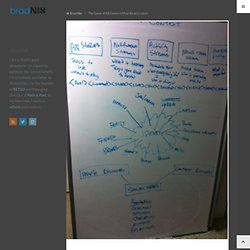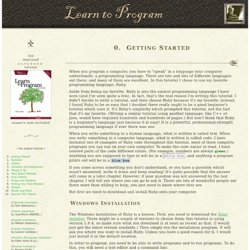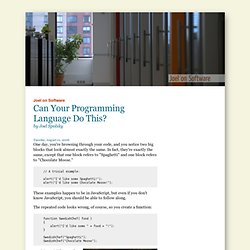

The Game of All Games is Must Read & Listen. I read too much content.

It sometimes hinders my productivity. But it also helps me perform better. Makes me a better thinker. And I’m addicted to learning. So. The Blog Post about content and context and the Audio Post coupled with it. Robert explains his thoughts on why Mark Zuckerberg, Marc Benioff, and Larry Page are carving up the social world and why this will be the game of all games. The audio post is over 40 minutes, but I highly encourage everyone to listen to it while viewing his whiteboard. It will be critical for companies of all sizes to figure out their role in this Mega Game sooner than later. Robert Scoble's Whiteboard. Google Instant, behind the scenes. Yesterday we introduced Google Instant, a change to make search fast and interactive by showing you results instantly as you type.

With Instant we’ve turned search from a static HTML page into an AJAX application, just as we did with Google Maps and Gmail. You can learn more about Google Instant in yesterday’s blog post, but we also wanted to share a peek behind the scenes into some of the engineering challenges we faced in design and infrastructure. The design challenge: relevant, not distractingOur key design challenge was to make sure people would notice relevant results without being distracted. We knew it would take extensive testing to find the right design, so we ran through a sequence of prototypes, usability studies (testing with people from the community), dogfooding (testing with Google employees) and search experiments (testing with a small percentage of Google users). Some of our early prototypes weren’t perfect. Grouped results prototype Blended results prototype. 0. Getting Started. When you program a computer, you have to "speak" in a language your computer understands: a programming language.

There are lots and lots of different languages out there, and many of them are excellent. In this tutorial I chose to use my favorite programming language, . Aside from being my favorite, Ruby is also the easiest programming language I have seen (and I've seen quite a few). In fact, that's the real reason I'm writing this tutorial: I didn't decide to write a tutorial, and then choose Ruby because it's my favorite; instead, I found Ruby to be so easy that I decided there really ought to be a good beginner's tutorial which uses it.
It's Ruby's simplicity which prompted this tutorial, not the fact that it's my favorite. When you write something in a human language, what is written is called text. Code . If you come across something you don't understand, or you have a question which wasn't answered, write it down and keep reading! Windows Installation Global Properties. Can Your Programming Language Do This? By Joel Spolsky Tuesday, August 01, 2006 One day, you're browsing through your code, and you notice two big blocks that look almost exactly the same.

In fact, they're exactly the same, except that one block refers to "Spaghetti" and one block refers to "Chocolate Moose. " SQL Tutorial. How Browsers Work: Behind the Scenes of Modern Web Browsers. Web browsers are the most widely used software.

In this primer, I will explain how they work behind the scenes. We will see what happens when you type google.com in the address bar until you see the Google page on the browser screen. The browsers we will talk about There are five major browsers used on desktop today: Chrome, Internet Explorer, Firefox, Safari and Opera.
On mobile, the main browsers are Android Browser, iPhone, Opera Mini and Opera Mobile, UC Browser, the Nokia S40/S60 browsers and Chrome–all of which, except for the Opera browsers, are based on WebKit. The browser's main functionality The main function of a browser is to present the web resource you choose, by requesting it from the server and displaying it in the browser window. The way the browser interprets and displays HTML files is specified in the HTML and CSS specifications. Browser user interfaces have a lot in common with each other.
The browser's high level structure The browser's main components are (1.1): if (!